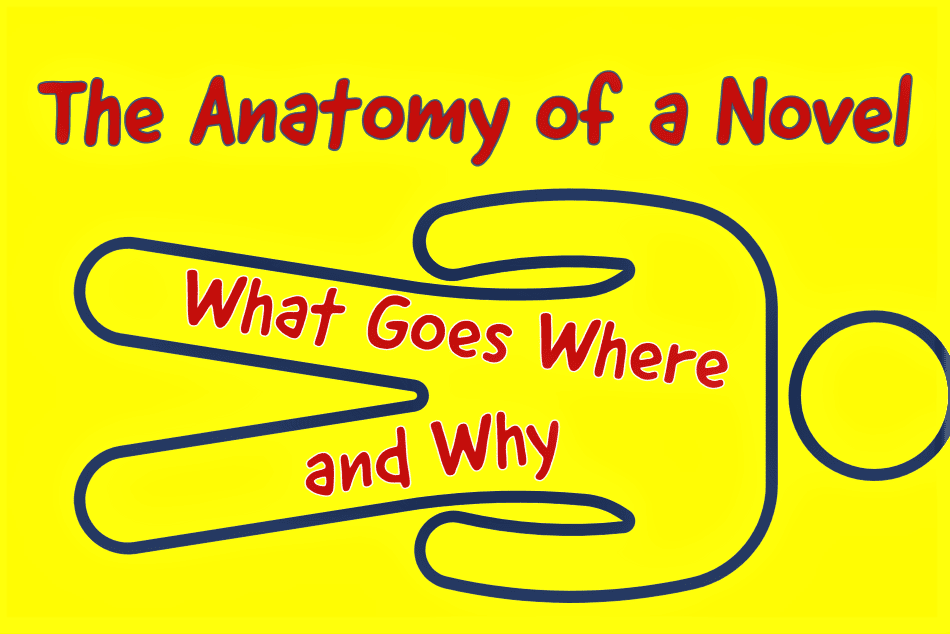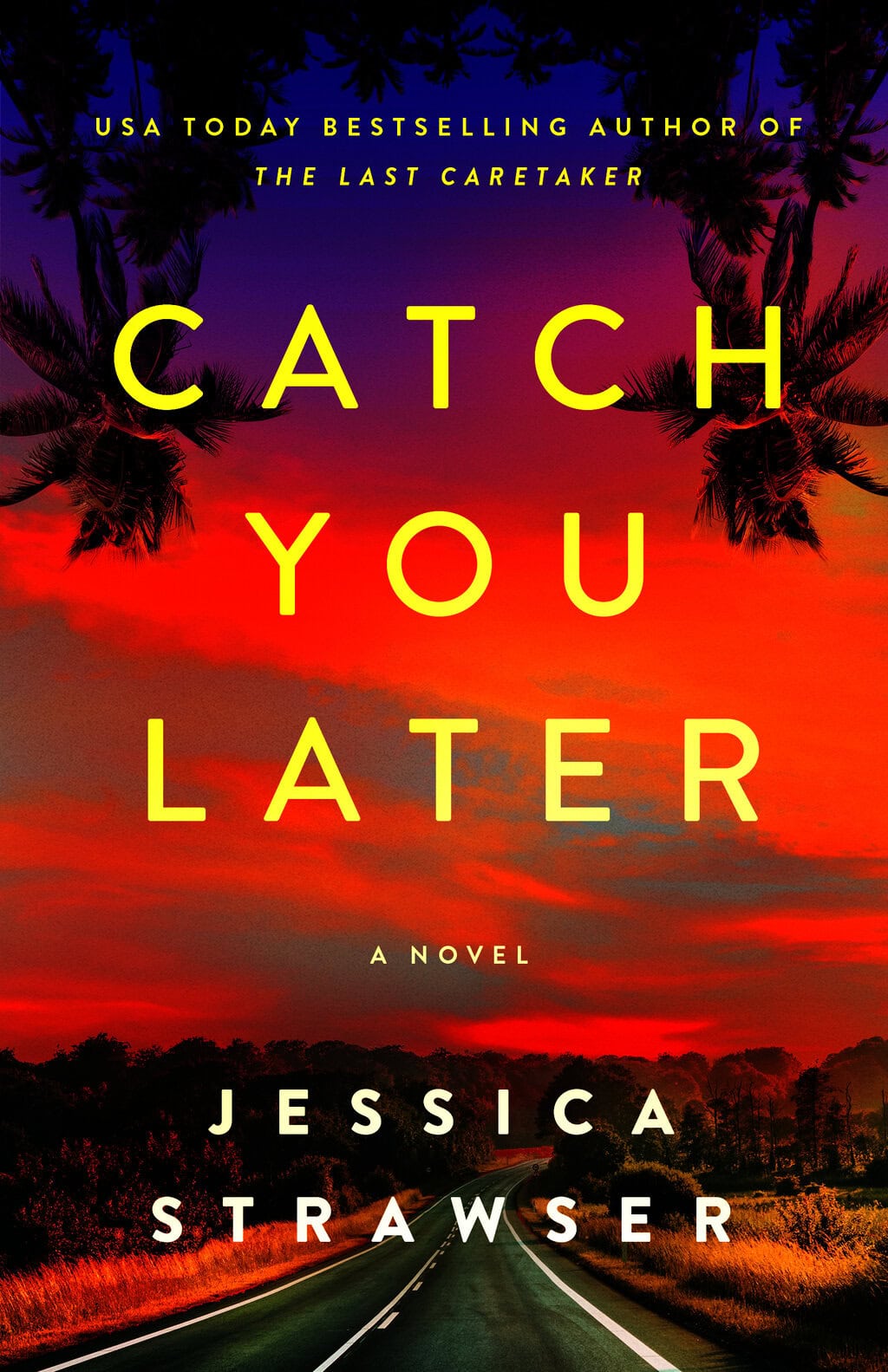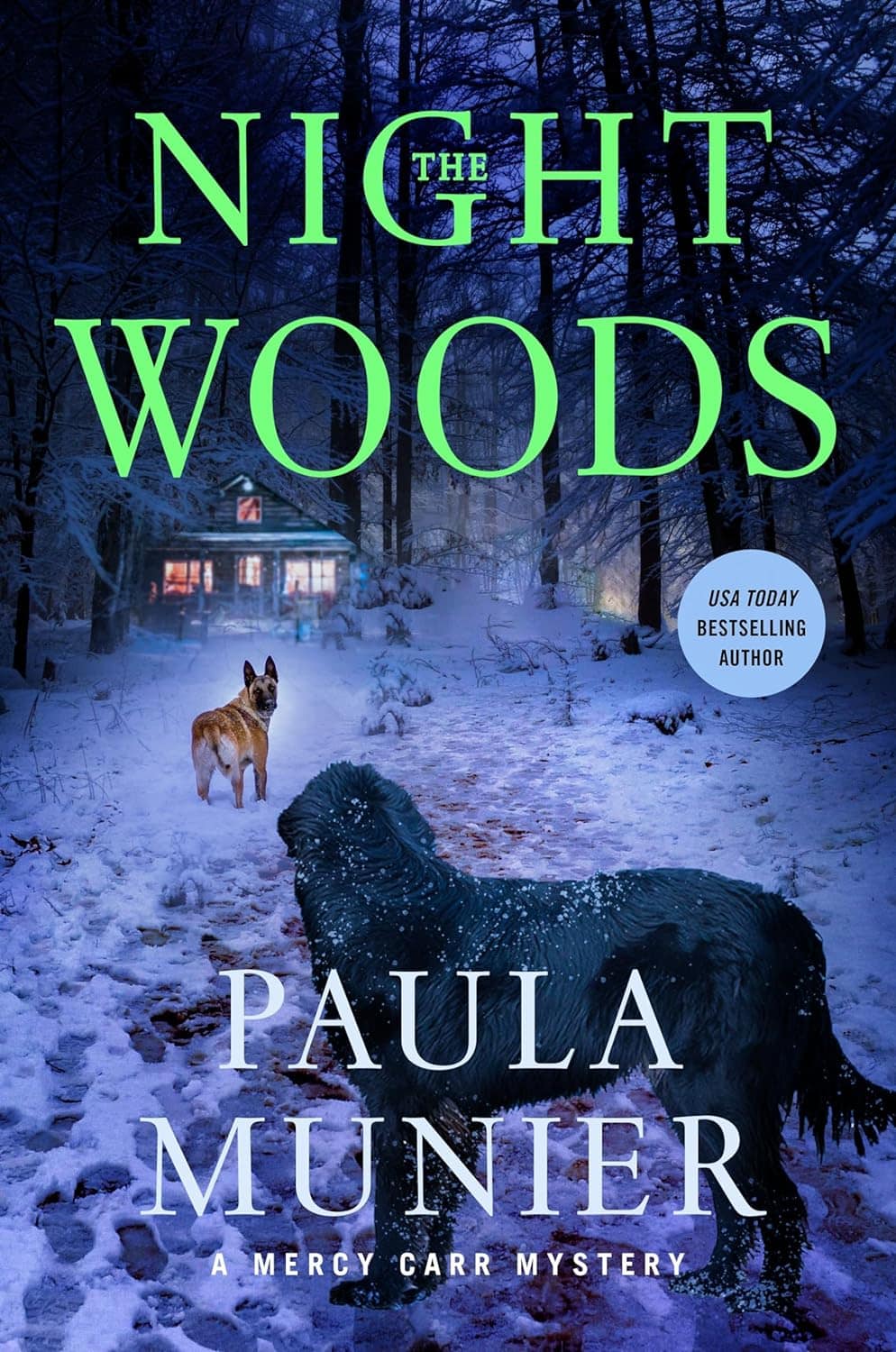Anatomy is the study of the body, a living organism with interconnected parts. Writers can similarly study the structure of a novel, bearing in mind that each of its pieces relies on the others to produce a satisfying result for the reader.
To determine what to include in your novel, consider the individual pieces that make the whole.
Part One, Part Two …
When crafting your novel, it’s incredibly useful to divide it into parts. Hank Phillippi Ryan offers writers a brilliant roadmap when she discusses a novel’s three-act structure. This is an excellent way to construct an effective narrative.
But a novel’s readers should not be a part of that process. It’s important that they remain unaware of writerly manipulations while held rapt in gorgeous prose and a compelling story.
Drawing attention to the narrative’s moving parts may produce a literary disappointment akin to Dorothy spotting the wizard behind his control panel in The Wizard of Oz. Also, unnecessary divisions (“Part Three”) can feel portentous, a heavy-handed attempt at gravitas.
An author’s goal is to keep readers rivetted to the story. Be cool.
Forget the bells and whistles; let your prose do the work.
Epigraph
An epigraph is a quote placed at the beginning of a book or chapter.
It gives novelists great pleasure to include profound, tone-setting quotes at their story’s start. I would advise authors to be conservative in their choices and include just one or two thematically relevant quotes.
Quotes in an epigraph should participate in your story.
One quote works, and two quotes might also do nicely if the duo competes or bounces off each other in a provocative or interesting way. Including a long list of quotes merely proves an author can use Google, and they can expect readers to tune out, possibly skim, or perhaps just turn the page to get to the story.
Introduction
Generally, a novel does not need an introduction. A fiction author need not instruct readers on what’s coming. In fact, they are better advised not to. Instead, as elsewhere in this post, let the prose and story do the work.
However, an introduction is different from a prologue, which may be useful…
Prologue
Some writers love including prologues while others are more inclined to dive right into the action. Whether or not to include a prologue may in part depend on what sort of book you are writing.
A prologue should be an intriguing launching pad for a novel’s plot. A good one may provide useful perspective not found elsewhere in the book.
Or it might be a deliberate break in the story’s narrative structure, perhaps including a scene that will occur later in the novel. This often signifies a writer in pursuit of a “hook,” but being an exciting scene is not reason enough to shove it up front. The prologue is not a book teaser. There should be a thematic justification for inserting any passage at this early point.
If you include a prologue, make sure it’s not too long. It certainly should not be an info dump. An author must ask themself how this opening material fits in with the rest of their book. Is it necessary, or is it really just an exciting Chapter One?
Chapters
Modern media of every sort has accustomed readers to ingesting info at a faster pace in shorter bits. No surprise then that short chapters are sometimes encouraged by today’s commercial fiction editors. Bestselling novelists are intent on delivering the fastest paced novel possible. Think Janet Evanovich rather than Thackeray.
Whether individual chapters are numbered or titled is up to an author. Some writers feel that giving each chapter a title gets too cutesy, though I tend to like the practice. To me, these labels can provide interesting nuance. Each chapter might be considered one storytelling unit. Like the book as a whole, it should begin and end at a logical (or strategic) place. A chapter’s opening and closing should have optimal impact, drawing readers ever forward. When beginning a new chapter, beware of gratuitous throat-clearing. Get down to business. Resume the narrative’s advance ASAP. Ending a chapter should not be a long goodbye. A chapter close should provide a logical end to what preceded. It might underscore what was important while guiding the reader into the next chapter. It can be provocative without being an obvious cliff-hanger—or it might be an obvious cliffhanger. However, not every chapter in a book should end in a similar way. Don’t get formulaic. Ask yourself: Can you cut that first chapter paragraph? Can you cut the last?
Paragraph
Each paragraph should assert one idea—which may be offered up quickly or at length. That idea may be a single line of dialogue. Or it could be an action or idea supported by the other sentences within this single paragraph unit.
Too many short paragraphs can look facile.
Contrarily, lengthy paragraphs may contain too much content for the reader to process with comfort or ease. Let readers take a breath and process.
Throughout the editing process, make it a habit to jump out of your head and consider the reader experience.
Be conscious of flow. So much of good writing is dependent on how one word or sentence or paragraph or chapter or idea leads effortlessly or logically to the next.
You should be asking yourself if each and every paragraph has earned its right to stay in your story. (You should be asking that about each and every sentence too.)
Epilogue
Like misbegotten prologues, sometimes an epilogue is just another chapter that’s wrongly labelled. An epilogue may offer readers a glance beyond the story’s end. Whatever it is, it should be set apart from the rest of the story, be conclusive or provide commentary on the novel’s over-arching themes.
Writers seem to love epilogues. They think they’re fancy. Writers may also stay too long at parties. Don’t overstay your welcome.
The End
I love an ending that gives satisfying punctuation to the long adventure I’ve just finished. I’ve just accomplished something—which is why I get bummed out if a book includes a cliffhanger suggesting that the main plotline remains unresolved.
That said, a clever and unexpected closing scene with a continuing character may make me even more eager to get to that author’s next book—like a last line teasing out a detective’s next case.
All stories must end, and it’s key that at a novel’s close, its author and reader part on the best of terms. As agent extraordinaire Paula Munier says, “A book’s first line sells that book; its last line sells the next one.”
What makes for an optimal ending? When do you close a book and sigh in contentment? Share your thoughts with us on Facebook.





